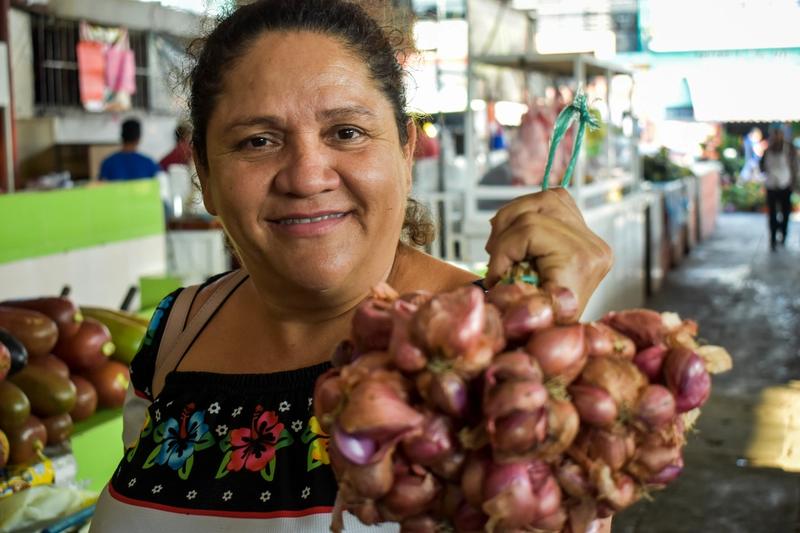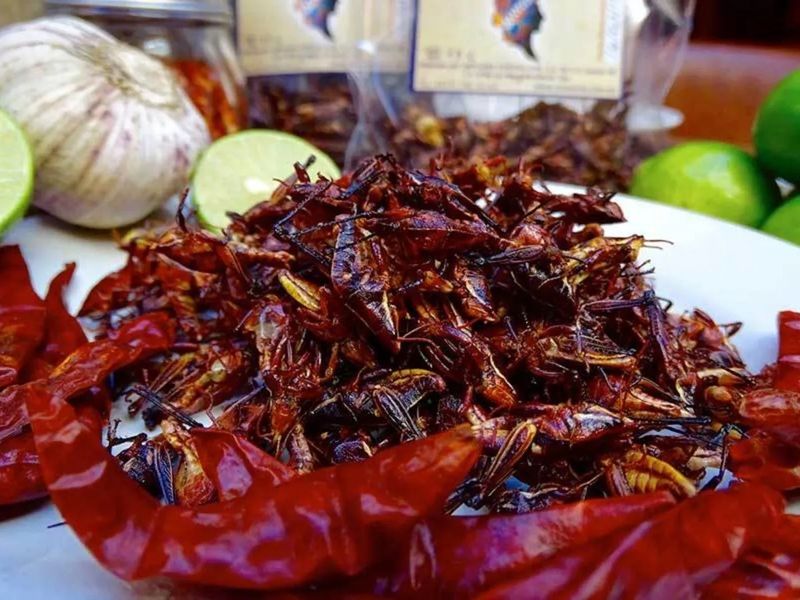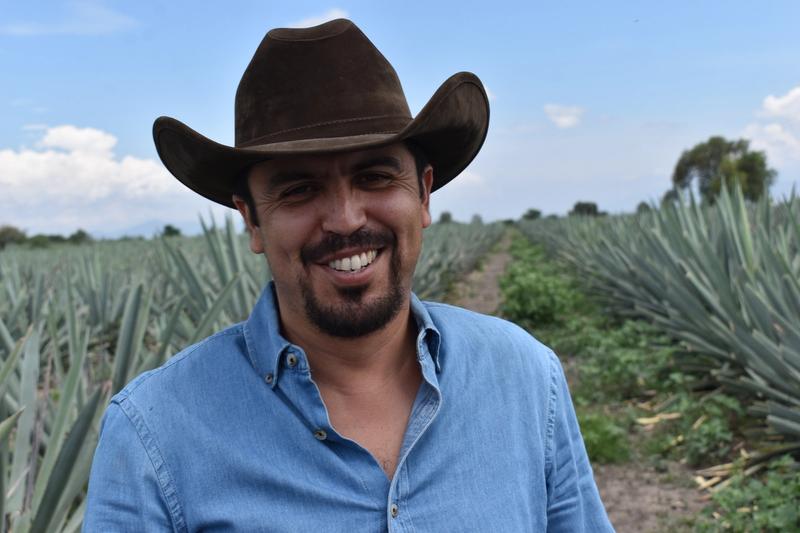An Introduction to the Diverse Oaxacan Cuisine
The Mexican region of Oaxaca has a rich cuisine that would need a set of encyclopedias to describe in full. Consider this page a brief overview of just a small sample of the delicious and unique foods, drinks, and meals you can find there.
Oaxaca has a population of about four million people and is also one of the most diverse areas of the country with over a dozen indigenous groups who make up approximately half of the population. With that diversity comes a varied tapestry of ingredients, recipes, cooking styles, and special occasions that can be considered Oaxacan specialties.
Many foods that are found elsewhere in Mexico have their own version, and likewise, the cuisine of other parts of Mexico and beyond have been influenced by practices or ingredients that originated in Oaxaca.









